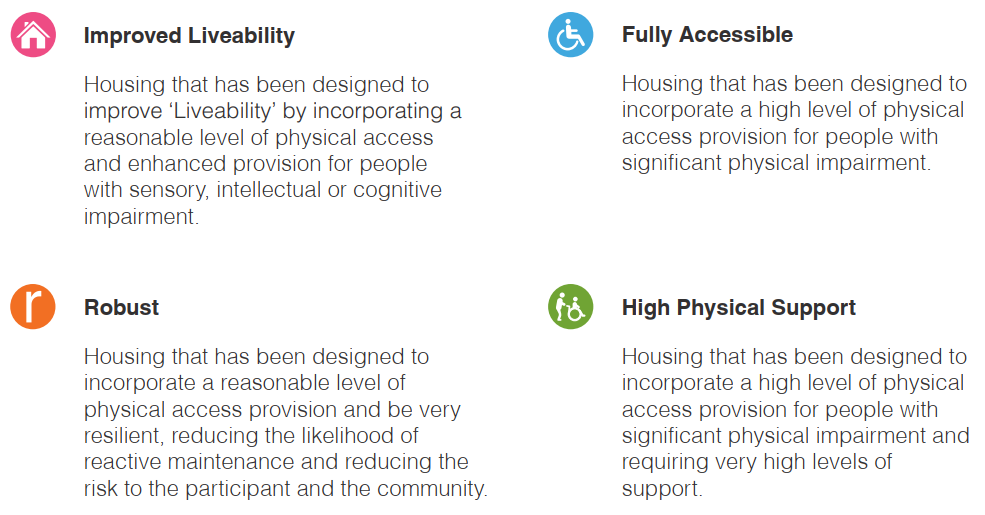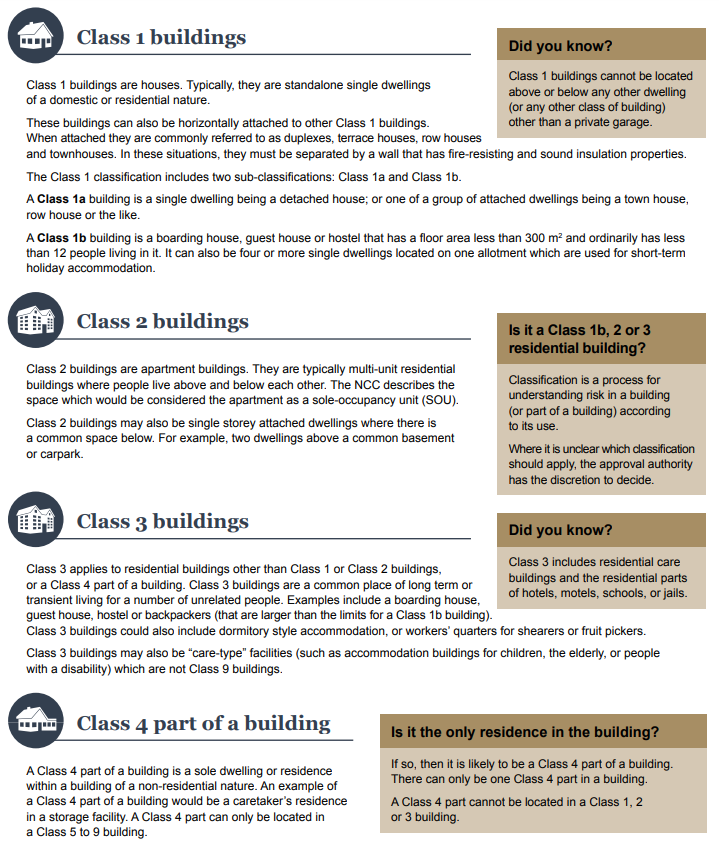Constructive Building Consultants are accredited SDA Assessors and are very familiar with NDIS requirements. The National Disability Insurance Scheme provides funding to Australians who have permanent disabilities, with the purpose of improving their economic and social wellbeing. To put it simply, the NDIS is the most important opportunity we have to level the playing field for all people with disabilities throughout Australia. Under the NDIS, the Specialist Disability Accommodation Design Standard provides a range of housing models tailored to people with high support needs and functional impairment. The intent behind the SDA is to improve the lives of eligible participants by allowing them to live in their own purpose-built homes with accessible features and a private space for improved delivery of necessary supports. Unfortunately, throughout the creation of the SDA, there appears to have been little thought paid towards fire safety in these residential buildings with consideration of the occupants having a disability. This duty of care falls on the Building Surveyor, responsible for assigning the appropriate classification to the building.
It is the responsibility of the Accredited SDA Assessor to propose and certify the dwelling type according to the four categories of SDA design, as set out in the NDIS Specialist Disability Accommodation Design Standard.

However, it remains the responsibility of the Building Surveyor to assess and certify the building according to the relevant classification, a task which doesn’t align with SDA dwelling type. The four residential building classifications defined within the BCA are Class 1, Class 2, Class 3 and Class 4.

The appropriate classification, according to the Building Code of Australia, of Specialist Disability Accommodation buildings has remained a contentious topic since the release of the SDA Design Standards. For context, a Class 1 building has far less onerous compliance requirements than a Class 2, 3 or 4 building. Though this may be incentive for some, it is outweighed by the fact that persons with a disability, be it physical or mental, are at greater risk and require greater assistance during an evacuation. Provisions to alleviate such risk are generally only addressed when the building is appropriately classified.
Upon reflection of the definitions in the BCA, the task of applying a Classification to an SDA dwelling can be subjective. Factors which must be considered include –
- Number of occupants,
- Number of occupants requiring support,
- Occupant relations (e.g., one family, or multiple unrelated persons),
- Level of support required,
- Room layouts,
- Overall building layouts.
For further information, contact Constructive Building Consultants.

